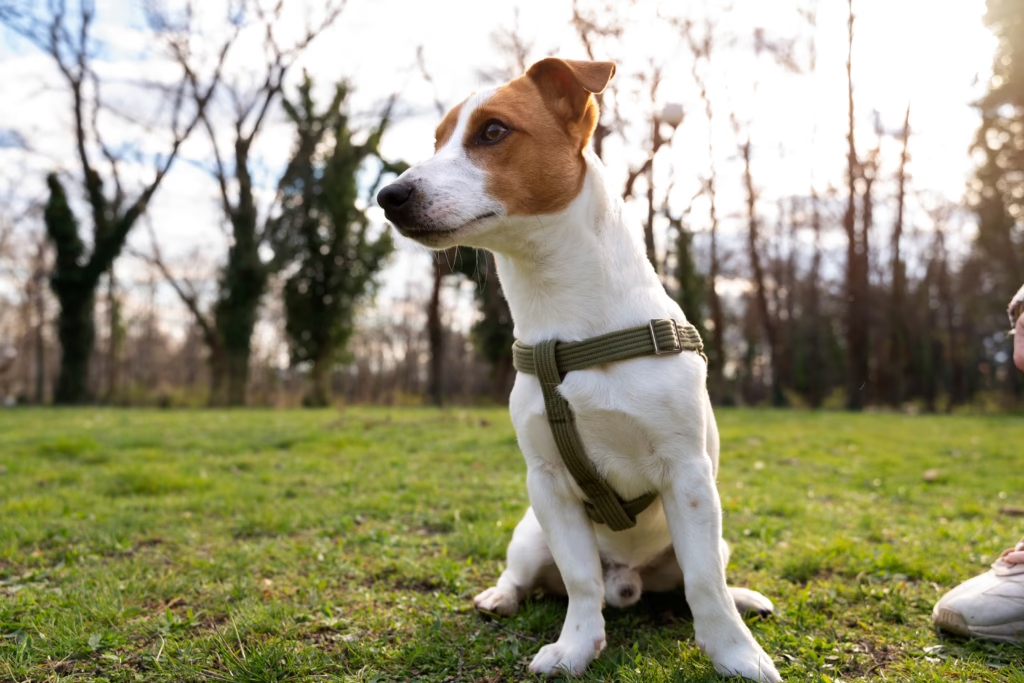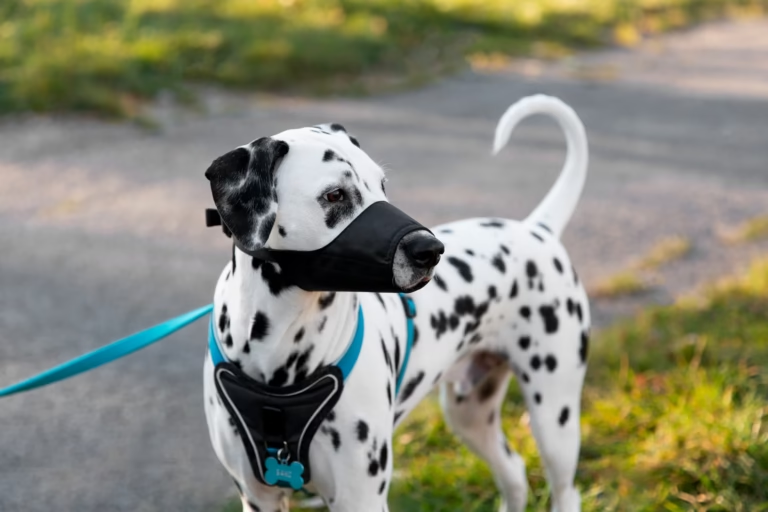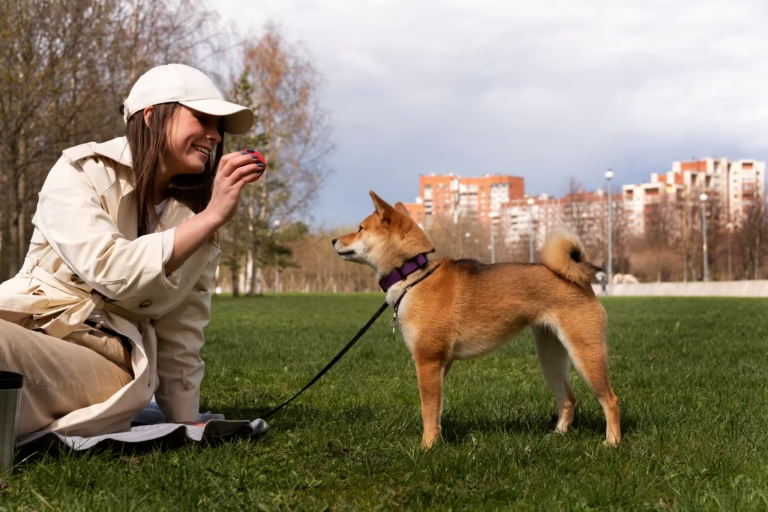
Wondering are Apple AirTags safe for dogs? Short answer: yes if you use a rugged holder and smart habits. Here’s how to do it right. Apple’s AirTag has emerged as everyone’s go-to gadget for tracking things your keys, your bag, your remote. But what about securing an AirTag to your dog’s collar? It’s tempting: they are little, inexpensive bushes that connect to Apple’s giant find my network. But AirTags weren’t designed specifically with pets in mind. We’re taking a look at the pros and cons, along with advice from vets, so you can determine whether an AirTag is right for your fur baby. Apple’s AirTag offers a budget-friendly way to track your dog, but is it safe? For a comprehensive overview of AirTags on dog collars, see our AirTag Dog Collar: Pros, Cons & Safety guide.
Key takeaways
- Safe when secured, supervised, and chew-proofed.
- Great for “lost nearby,” not wilderness tracking.
- Choose sealed holders; avoid bite-tempting loops.
- Consider GPS collars for roamers/escape artists.
How AirTags Work (Really)
First, a quick reality check. An AirTag is, at its core, a small Bluetooth beacon. It broadcasts its whereabouts simply by pinging any nearby Apple devices (iPhones, iPads, Macs) running a software update released Wednesday, which are then fed its location by Apple’s encrypted Find My network. Put simply, an AirTag in your dog’s collar will periodically show up on your iPhone’s map if any Apple device is nearby, even miles away from you.
But there is no built-in GPS directly on the AirTag itself. It doesn’t send its position out over satellite all the time. Instead, it depends on the crowd: An iPhone (or other Apple device) needs to be within about 30 to 100 feet of the AirTag before it will relay to you an updated location. It’s a fine trick in urban areas, where iPhones are everywhere. But in a wooded forest or open field, that elegant simplicity means your AirTag might rapidly drop off the radar, failing to report its location for hours or days — creating a significant tracking blind spot.
Pros: Why Pet Owners Are Obsessed With AirTags
Cons: Safety & Reliability Concerns
While AirTags can be effective in urban areas, they have limitations in remote locations. For a comparison between AirTags and GPS dog trackers, check out our AirTag vs GPS Dog Trackers, Which Is Best?
Vet Advice & Alternatives
- Veterinarians say be careful if you use an AirTag for your pup. Many suggest weighing the risks: “A dog may nibble at the AirTag’s housing, and a ruptured coin battery is VERY dangerous.” They also suggest regular checking to make sure the holder is still intact and to fasten the AirTag securely so it doesn’t accidentally pop off or dangle limply.
- Most vets will add: an AirTag should never take the place of a microchip or ID tag. It is a supplement, not a solution. Microchips hold your contact details and are discovered by vets/shelters, while AirTags depend upon an iPhone to be noticed. And if your pup runs away and doesn’t have a microchip, no one may even know where he is – an AirTag isn’t capable of identifying him unless you’ve placed your information inside its “lost mode” note.
- In A Flash: AirTags are relatively affordable and easy to attach to a dog’s collar, and can effectively turn your dog into a tracked device though not without trade-offs. If you have a very adventurous dog who tends to escape, or your dog is a very curious wanderer, or you live in a remote area, a dedicated GPS collar (with a subscription plan) might be the safer option. But if you have a relatively well-behaved dog and your primary concern is urban wandering or theft, an AirTag might be a fun experiment. Most vets would recommend using it as an adjunct (with frequent monitoring) and always keep your dog’s microchip information current and its collar tags on.
Final Thoughts
Apple AirTags could be a useful, low-cost aid in keeping an extra eye on your dog but they are not a substitute for real GPS trackers or microchips. If you do decide to use one, always attach it to a chew-proof, rugged holder and frequently check it for wear. In dense urban environments, AirTags tend to provide quick peace of mind, but in rural situations they can open dangerous holes in the system. “What most of us vets agree on is, treat this AirTag as something that should be used as a supplement, not a sure-shot solution,” she said. A dedicated GPS collar is still probably a safer bet for dogs of the escape-prone or adventure-seeking variety. In the end, layering up on collar tags, making sure your dog has a microchip and (if you want) using something like an AirTag or a GPS tracker remains the best way to give your furry friend the highest likelihood of making it back safely.






